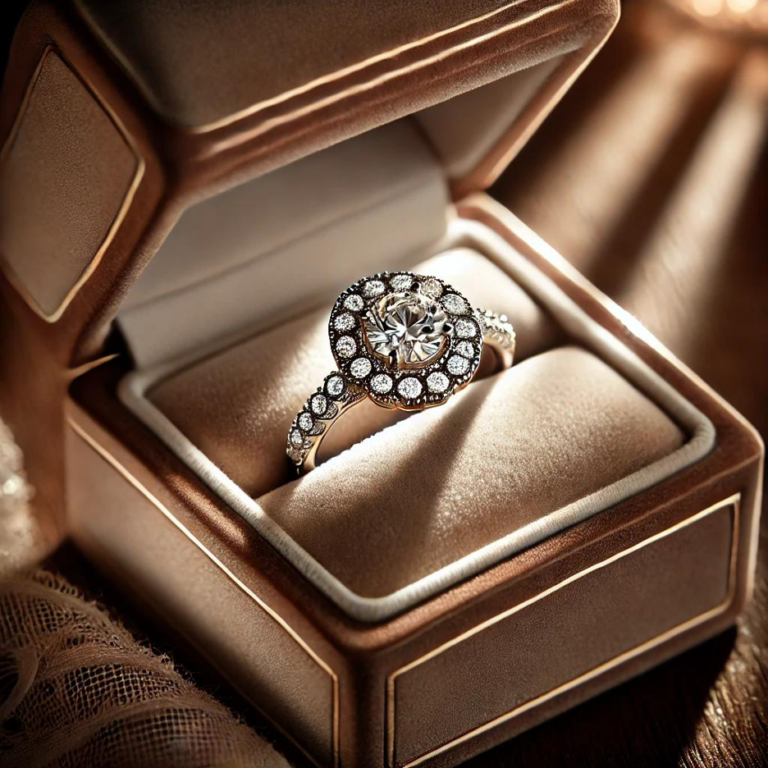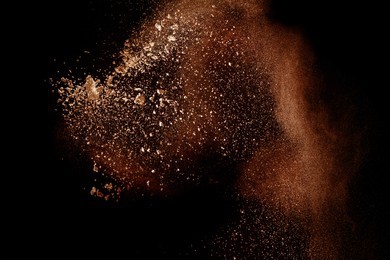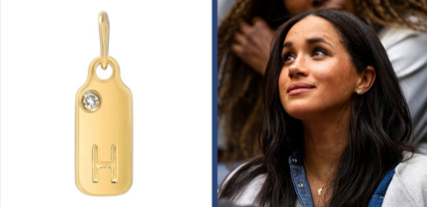“The birth of genius cannot be explained. It is better to just enjoy it”.
In the second half of the fifteenth century in the midst of the ties to the conventions of the Gothic across Europe, a goldsmith’s art flourished in Italy. During a period of such intellectual prosperity and sensibility, that the history of Renaissance jewelry began.
The best way to observe, investigate and understand the history of this period’s jewelry is to look through the portraits of the nobility of the time due to the small amount of the marvels that survived. There were numerous materials used for the creation of splendid jewels: gold, silver, gemstones, pearls, leather, wax, silk and linen.
The ruling classes did, in fact, enjoy being depicted wearing opulent jewellery to demonstrate their wealth and high social status as well as to convey a variety of ideas and meanings.
Renowned Italian painter and architect Raffaello Sanzio provides evidence of the Renaissance jewellery and its meaning.
The gentlewoman, portrayed in his painting Portrait of Maddalena Doni, is a member of the upper Florentine middle class. She is dressed in exquisite fabrics and jewels, with a stunning gold pendant that features four stones—a ruby, an emerald, a sapphire, and a pearl—that stand in for purity and marital fidelity. If one looks closely at the gem, one may see that a tiny unicorn is encircling the emerald.
If on the one hand the mythological creature is a symbol of chastity on the other the emerald, gem of Venus, the goddess of eros, represents a wish for fertility.
Portrait of Eleonora of Toledo, the wife of Cosimo I de’ Medici, showcases her wearing a richly decorated dress and jewelry, including cameos. Bronzino’s attention to detail highlights the opulence of the Medici court.
Though less prominently, the woman in the Portrait of a Woman (La Belle Ferronnière) by Leonardo da Vinci, wears a simple but elegant necklace that may include an intaglio, reflective of the era’s jewelry trends.
In the Portrait of a Lady with a Unicorn by Raphael painting that features a young woman adorned with a necklace that includes a cameo, illustrating the fashion and symbolic use of such jewelry during the Renaissance.
Taking a look at the La Fornarina by Raphael The subject, traditionally identified as Raphael’s lover, is depicted with a headband featuring an intaglio. The detailed rendering provides insight into the popularity of these pieces in personal adornment.
In Sandro Botticelli Idealized Portrait of a Lady (Portrait of Simonetta Vespucci as Nymph) painting, it showcases the delicate craftsmanship of cameos and intaglios, which adorned the elite of the time. These intricate carvings, often depicted in Renaissance portraits, have transcended centuries, inspiring today’s jewelry designers.
Isabella d’Este, a leading lady of the Italian Renaissance, is depicted wearing luxurious jewelry, including a cameo brooch. Titian’s work captures the elegance and status associated with such pieces.
In addition to showcasing the sitters’ attire and social standing, these paintings offer a visual documentation of the cameos and intaglios that were common in Renaissance jewellery. The meticulous rendering of these works of art provides important context for understanding the artistry and taste of the era.
The Renaissance’s creative traditions and cultural legacies are a major influence on today’s fashionable pendants. The iconic iconography, symbolism, and artistry of Renaissance paintings serve as a source of inspiration for modern jewellery designers who use it to create pendants that elegantly and stylishly bridge the gap between the past and present.






Portrait of Isabella d’Este by Titian (1536)




